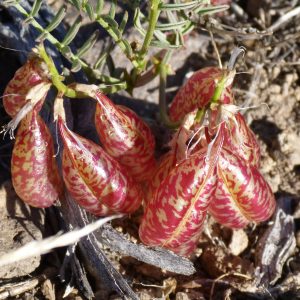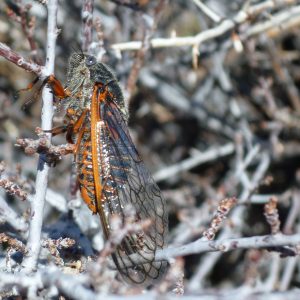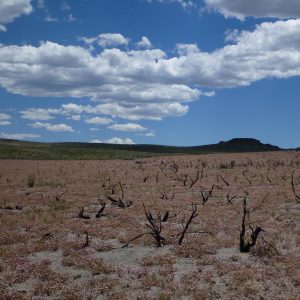
Here I am standing in front of one of our soil health study plots to test and see how cover crops affect the soil nutrient composition in areas used for crops like corn which is now being grown where the cover crop was at before.
So much has happened already in my first couple weeks at the the PMC as we call it here! I have never had an opportunity to work in an agricultural environment before, and this one is so interesting because we are working on growing native plants for all sorts of projects. So far, I have baled hay, learned about setting up and maintaining drip lines, setting up flood irrigation, moved pipes, helped set up a combine for harvesting, and cleaned more seeds then I have ever seen in my life, worked on a soil health study, monitored pollinator plots, learned native plant ID, pulled weeds and trained on all the safety needed around the farm! Its great to get my hands dirty and work outside in the Cali sun…well at least some time in the sun! It gets hot fast out here, and my first week was spent working outside in the longest heatwave anyone around here has seen in a while! It was 102-112 every day for about 12 days in a row! Hot Hot HOT!!! But we worked smart in the heat getting here early in the morning and getting the sweaty work out of the way before the really hot stuff set in for the day. It isn’t too bad in the shade or inside but its hard to keep yourself cool when its that hot. I was drinking at least a gallon of water a day to stay hydrated and productive. Thankfully I am working with a great team here who are super supportive and helped me through that rough weather.
This week is shaping up to be much cooler, only in the 90s for the highs. But the best part of the day is definitely later in the evening around 8pm when the Delta Breeze starts to blow in and cool everything down. From 90s or 100s during the day it will drop into the middle 50s or 60s over night! Its like living in the summer during the day and the spring or fall in the evening. The cool weather at night is so refreshing though, and makes for a good nights sleep after a long hot day working outside.
The family I am renting a room from is really cool as well. The one sister Nellie volunteers at the PMC and another guy, Matt, who is also staying there volunteers and they are both great and such hard workers. The days they come in to help we can get so much more done in the fields, especially since Matt is great at helping out with heavy lifting and grew up on a farm. Yesterday, he and I were able to apply some of our newly acquired PMC knowledge to set up a flood system to water a newly set up vegetable garden which should help provide us with some great fresh veggies! I’m definitely getting into this farming business I guess! 🙂
This week looks like it will be another busy one especially with all the seed cleaning we need to get done. Our resident farmer, Dennis, just harvested another section of of fields so there is plenty to do! Plus, we have more of the seeds we grew for the National Park Service to clean and send out to them! I’m gonna be busy, that’s for SURE! But I’m having a great time and really am enjoying it so far! Looking forward to finding out what tomorrow will bring!
Until then,
TTFN, TaTaForNow!













